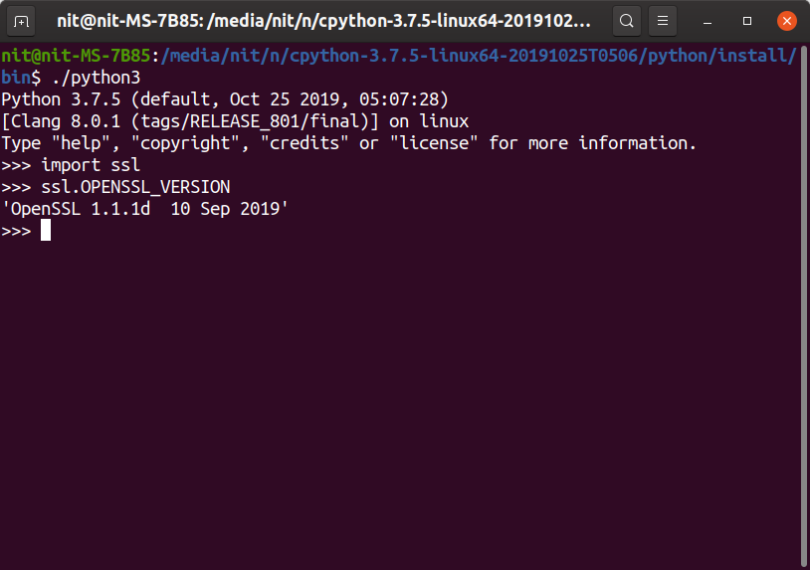

The code examples and results presented in this tutorial have been implemented in a Jupyter Notebook with a python (version 3.8.3) kernel. With this, we come to the end of this tutorial. You can see that we get the correct filename using the name attribute of Path. For example, let’s get the filename of the same CSV file used above. Among other things, you can use it to get the filename from a path. Using pathlib moduleįor python versions 3.4 and above, you can also use the pathlib module to interact with the file system in python. For example, if the path ends in a separator it will give an empty string as the tail.įor more on the os.path.split() function, refer to its documentation.

Note that the os.path.split() function determines the head and tail based on the occurrence of the last directory separator \ or / depending on the OS. The head contains the part of the file path leading up to the filename. Output: C:\Users\piyush\Documents\Projects\movie_reviews_data Let’s now go ahead and see what do we have in the head part.

You can see that the tail gives us the filename. Let’s now use it to find the filename of the CSV file from its path. For example, for the path a/b/c.txt, the tail would be c.txt and the head would be a/b It is used to split the pathname into two parts – head and tail, where the tail is the last pathname component and the head is everything leading up to that. You can also use the os.path.split() function to get the filename.
Python get file path of file how to#
You might also be interested in knowing how to Get File size using Python Filename from os.path.split() Print(os.path.basename(file_path).split(".")) To get the filename without its extension you can simply split the text on “.” and take the first part. You can see that we get the filename along with its extension as a string. import osįile_path = r"C:\Users\piyush\Documents\Projects\movie_reviews_data\IMDB Dataset 5k.csv" For example, let’s use it to get the file name of a CSV file stored locally. The os.path.basename() function gives the base filename from the passed path. You can use the following functions from the os to get the filename. The os module comes with a number of useful functions for interacting with the file system. We will be trying to get the filename of a locally saved CSV file in python. Let look at the above-mentioned methods with the help of examples. You can also use the pathlib module to get the file name. You can use the os module’s os.path.basename() function or os.path.split() function. There are a number of ways to get the filename from its path in python. Get Path of the Current File in Python Python Python Path Created: February-04, 2021 Use of the pathlib Module to Get the Path of Files and Current Working Directory Use the os Module to Get the Path of Files and the Current Working Directory In Python, we can work with many files and modules and constantly interact with the file system. How to get the filename from a path in Python? This choice enables a smooth transition from online development environments.In this tutorial, we will look at how to get the filename from a path using Python. This course introduces basic desktop Python development environments, allowing you to run Python programs directly on your computer. While most Python programs continue to use Python 2, Python 3 is the future of the Python programming language. This will extend your Python programming expertise, enabling you to write a wide range of scripts using Python These concepts and skills will help you to manipulate data and write more complex Python programs.īy the end of the course, you will be able to write Python programs that can manipulate data stored in files. We will also teach you how to access files, which will allow you to store and retrieve data within your programs. We'll learn about different data representations, including strings, lists, and tuples, that form the core of all Python programs. This course will continue the introduction to Python programming that started with Python Programming Essentials.


 0 kommentar(er)
0 kommentar(er)
